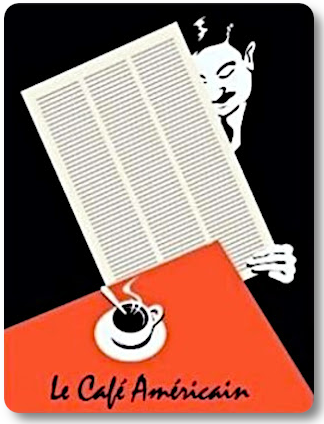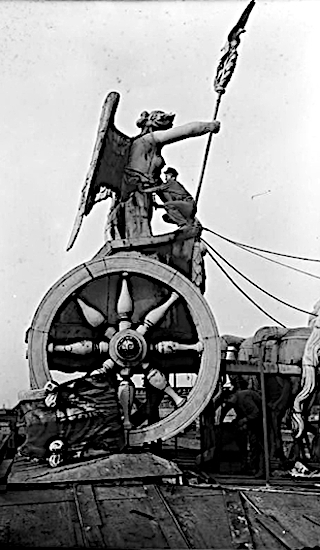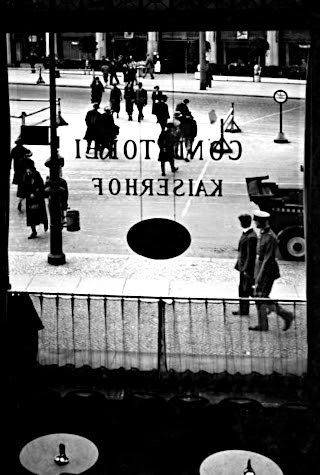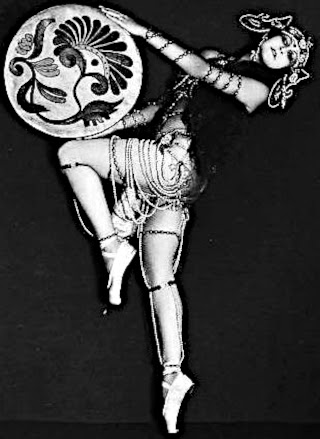"With the right hand out begging for bailout money, the left is hiding it offshore."
In fairness to Goldman, if there can be such a thing, they are taking a lot of writeoffs to reduce their taxes this year, in addition to offshoring their profits into foreign venues with favorable tax rates. That is just globalization, right?
As an aside, for some time now I have wondered if globalization has become just another enabler, wherein multinational financial corporations can play a larger set of jurisdictions and peoples against one another for the benefit of an elite minority. International trade based on an exchange of competitive advantage and surplus is a good idea.
Using globalization to undermine the values of certain countries with regard to the environment, healthcare, child labor, living standards, and the domestic laws is exploitation and victimization of the many by the few.
It is a way to reduce free nations to the lowest common denominator of victimization and indentured servitude. It does not have to be this way, but it all too often give rise to the slave and opium trade.
Without regulation free trade swiftly degenerates into manipulation and exploitation. Free trade is not a natural good in and of itself. It can be a highly destructive force, devastating entire economies.
It is never surprising anymore to see how many initiatives promoted by a certain political class like deregulation, globalization, and competitiveness are nothing more than facades for campaigns of organized looting.
We can comfort ourselves with the knowledge that most of the bailout money is being given out in bonuses anyway, and surely those multi-millionaire employees will be paying some income tax. Unless they are engaging in aggressive management of their tax returns. You think?
Goldman Sachs’s Tax Rate Drops to 1%, or $14 Million
By Christine Harper
Dec. 16 (Bloomberg) -- Goldman Sachs Group Inc., which got $10 billion and debt guarantees from the U.S. government in October, expects to pay $14 million in taxes worldwide for 2008 compared with $6 billion in 2007.
The company’s effective income tax rate dropped to 1 percent from 34.1 percent, New York-based Goldman Sachs said today in a statement. The firm reported a $2.3 billion profit for the year after paying $10.9 billion in employee compensation and benefits.
Goldman Sachs, which today reported its first quarterly loss since going public in 1999, lowered its rate with more tax credits as a percentage of earnings and because of “changes in geographic earnings mix,” the company said.
The rate decline looks “a little extreme,” said Robert Willens, president and chief executive officer of tax and accounting advisory firm Robert Willens LLC.
“I was definitely taken aback,” Willens said. “Clearly they have taken steps to ensure that a lot of their income is earned in lower-tax jurisdictions.”
U.S. Representative Lloyd Doggett, a Texas Democrat who serves on the tax-writing House Ways and Means Committee, said steps by Goldman Sachs and other banks shifting income to countries with lower taxes is cause for concern.
“This problem is larger than Goldman Sachs,” Doggett said. “With the right hand out begging for bailout money, the left is hiding it offshore.”
In the first nine months of the fiscal year, Goldman had planned to pay taxes at a 25.1 percent rate, the company said today. A fourth-quarter tax credit of $1.48 billion was 41 percent of the company’s pretax loss in the period, higher than many analysts expected. David Trone, an analyst at Fox-Pitt Kelton Cochran Caronia Waller, expected the fourth-quarter tax credit to be 28 percent.
The tax-rate decline may raise some eyebrows because of the support the U.S. government has provided to Goldman Sachs and other companies this year, Willens said.
“It’s not very good public relations,” he said.




































